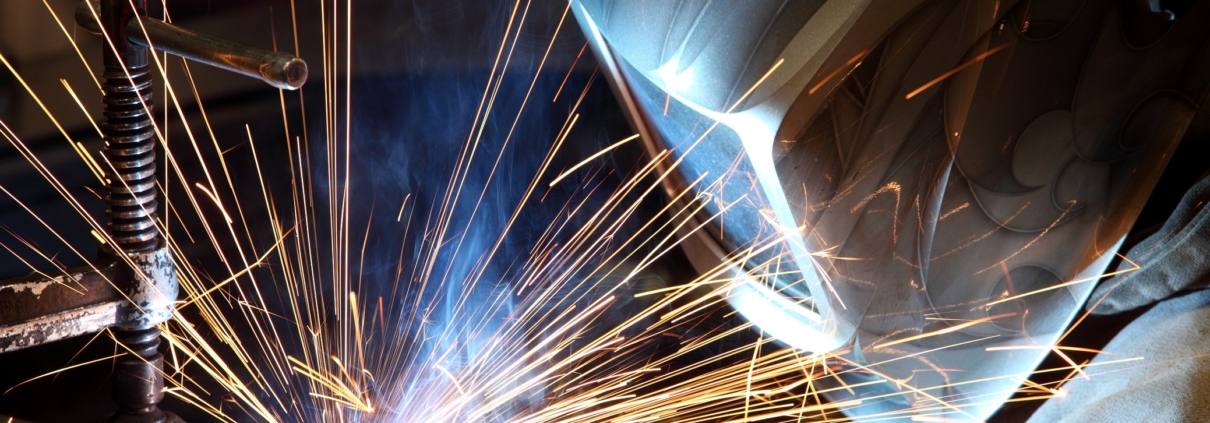Welding Hazards and Welding Safety—An Overview
Welding requires a considerable degree of skill and professional know-how. In addition to being challenging and complex, this work can also be hazardous. Recognizing the most formidable dangers involved in welding and taking proactive precautions can help people carry out welding tasks safely. Here are some key occupational hazards to be aware of and targeted steps to address them.
Fire
Using equipment that operates at extremely high temperatures presents serious concerns about fire safety. Moreover, liquified gasses that fuel welding processes are highly combustible. If not used properly, equipment may ignite fires that could injure workers or damage property.
It is important that welders familiarize themselves with the correct way to use a specific piece of equipment. It is advisable to read operating manuals and determine the correct way to adjust settings before beginning to use equipment. Maintaining equipment in good condition and inspecting it before use can also mitigate the risk of malfunctions.
Avoid putting any flammable items in an area where workers are welding. Keep extinguishers in close proximity so workers will be able to quickly contain any fires that should occur.
Acute Burns
Welders must exercise the utmost caution when they wield a high-intensity flame. A minor accident misdirecting the arc of an electrode could result in a severe burn. Furthermore, coming into contact with molten metals such as cadmium or chromium could cause serious injury.
Essential Personal Protective Equipment is a vital safeguard to mitigate occupational risks in welding. Workers must wear gloves that are sufficiently rated for welding. It is a good practice to wear additional PPE such as flame and heat-resistant clothing. Eyewear and facewear can also provide practical protection against severe burns.
Electrical Shock
In certain types of welding that utilize a concentrated electrical charge to break down metallic materials, workers could sustain electrical shocks and accompanying burns in a number of ways. The current running through equipment’s arc may inflict an acute shock. Touching an electrode and the material being welded simultaneously will create an electrical current. The presence of damp materials or excessive humidity in the air can heighten the risk of shock when powering on and handling equipment.
Insulated PPE reduces the risk of shock by serving as a barrier that cannot conduct an electrical current. In addition, safety training and signage makes workers conscientious about electrical hazards in welding.
Respiratory Injuries
The use of noxious chemicals and the process of liquifying metals exposes welders to respiratory irritants. Wearing a mask dramatically reduces the risk of inhalation-related injuries in welding.
Areas where welding is taking place should be well-ventilated to prevent asphyxiation. If it is necessary to perform work in a confined space, it may be necessary to use higher-rated face coverings or a respirator and limit the length of time that workers operate equipment by staggering the scope of work into separate phases.
For assistance ensuring safe working conditions on your company’s projects, contact Construction Safety Experts at (919) 463-0669. We can help with training initiatives, safety policies, and compliance management. Our team of experts can also provide onsite evaluations, inspections, and supervision.








